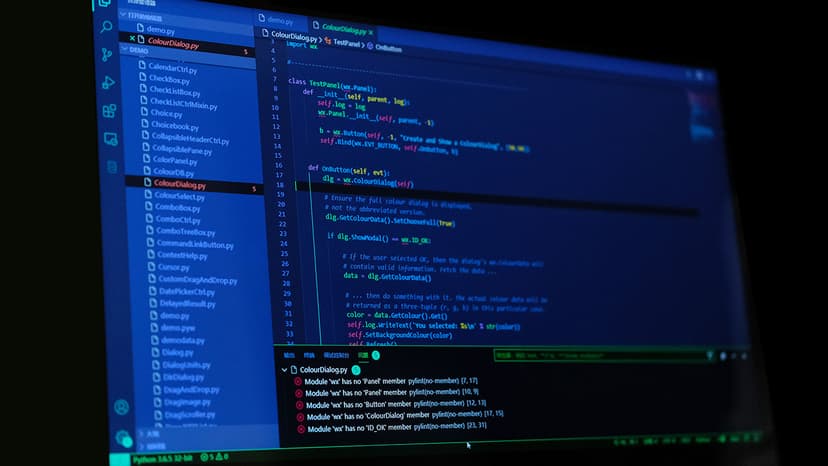Best Practices to Handle LLM Hallucinations
Artificial Intelligence (AI) has swarmed into our daily lives, making operations smoother, handling repetitive tasks, and even creating stunning pieces of art. Among the widely discussed AI tools, Language Learning Models (LLMs) have been a breakthrough. But, like any sophisticated tool, LLMs come with their quirks, and hallucinations are one of them. Understanding and managing these hallucinations is crucial to extracting the best out of LLMs.
What are LLM Hallucinations?
Hallucinations, in the context of LLMs like OpenAI’s GPT-4, refer to instances where the model generates outputs that are not grounded in reality or factual information. These can be unexpected and entirely fictitious responses, often misleading users if not handled correctly.
Imagine asking an LLM a question based on known data, yet receiving a response based on fictitious premises. This is a hallucination at work. These responses can arise due to the way LLMs are trained or the immense diversity of data they consume. Since they generate responses based on patterns and probabilities, it's plausible for inaccuracies or made-up content to sneak in now and then.
Why Do LLM Hallucinations Happen?
Hallucinations happen due to multiple reasons:
- Training Data: LLMs like GPT-4 are trained on vast datasets drawn from the internet, which includes both accurate and inaccurate information.
- Pattern Recognition: LLMs predict the next word in a sequence based on learned patterns, which can sometimes lead to formulated but incorrect outputs.
- Creative Liberty: Sometimes, when LLMs aim to be creative, they might mesh unrelated pieces of information, leading to hallucinations.
Best Practices to Handle LLM Hallucinations
Handling hallucinations effectively is essential to harness the true potential of LLMs without falling into the trap of misinformation. Here are some best practices:
1. Regularly Update and Curate Training Data
Updating training data is critical. Since LLMs generate responses based on previously consumed data, curating and regularly updating this data is a must. Ensure that the database includes accurate, up-to-date, and relevant information to minimize the chances of hallucinations.
2. Implement Human-in-the-Loop (HITL) Systems
Human-in-the-Loop (HITL) systems involve human intervention at multiple stages. A robust HITL system can efficiently intercept, review, and correct AI outputs. For instance, compliance checks and expert reviews can filter out hallucinatory content before it reaches the end-user.
3. Use Reinforcement Learning from Human Feedback (RLHF)
Reinforcement Learning from Human Feedback (RLHF) involves training the model using feedback from human users. This feedback helps LLMs to refine responses and reduce errors. Companies like OpenAI have successfully implemented RLHF, setting a fine example for others.
4. Prioritize Contextual Understanding
LLMs respond based on context. Ensuring that questions and prompts are clear and contextually apt can significantly reduce hallucinations. While vague or poorly framed inputs might confuse the model, clear and precise inputs enhance the accuracy of outputs.
5. Enable Source Citation and Verification
Incorporate mechanisms that allow LLMs to cite their sources. If a generated response is accompanied by a reference or a source, it becomes easier to verify the information. This practice is not foolproof but adds an extra layer of reliability.
6. Implement Robust Validation Frameworks
Creating robust validation frameworks can be a game-changer. These frameworks should include multiple layers of checks, such as factual accuracy, context alignment, and relevance. Automated validation systems, complemented by human oversight, can significantly curb hallucinations.
7. Focus on Domain-Specific Training
Training LLMs on domain-specific data can also help handle hallucinations. For instance, a chatbot designed for medical consultations should be trained on validated medical data. This targeted approach diminishes the room for off-topic or imaginative responses.
8. Leverage User Feedback Mechanisms
Encouraging users to provide feedback on LLM outputs can be immensely helpful. User feedback mechanisms help identify and correct hallucinations, fostering a learning loop for continual improvement.
9. Educate Users about Limitations
Transparency is key. Educating users about the limitations and potential hallucinations of LLMs equips them to handle information critically. Transparent communication helps users distinguish between factual data and potential AI hallucinations.
10. Collaborate with Experts
Collaboration with domain experts ensures that the LLM is cross-referenced against authoritative and accurate sources. Expert collaboration can amplify the efficacy of LLM outputs and mitigate the impact of hallucinations.
Handling LLM hallucinations effectively is not just about tweaking the technical aspects; it’s about fostering a balanced ecosystem where human intelligence complements artificial intelligence. Regular updates, human feedback, and expert collaboration are essential in curbing these hallucinations. As LLMs evolve, combining our intuitive abilities with advanced AI can help shape an intelligent, accurate, and reliable future.












